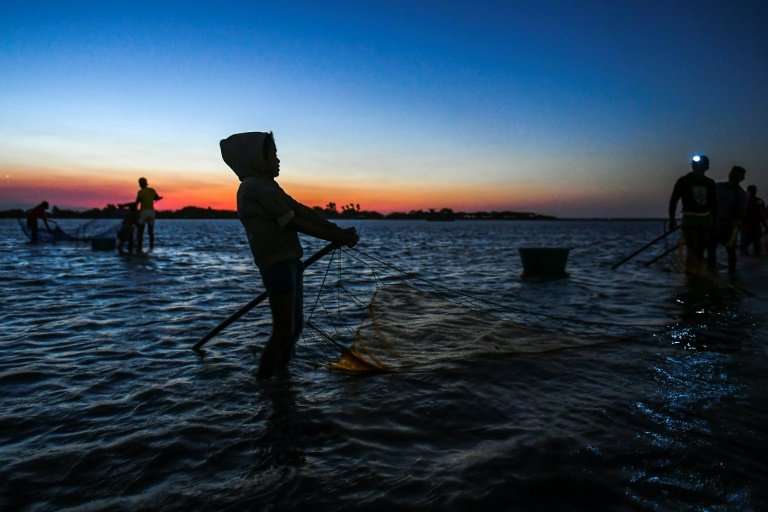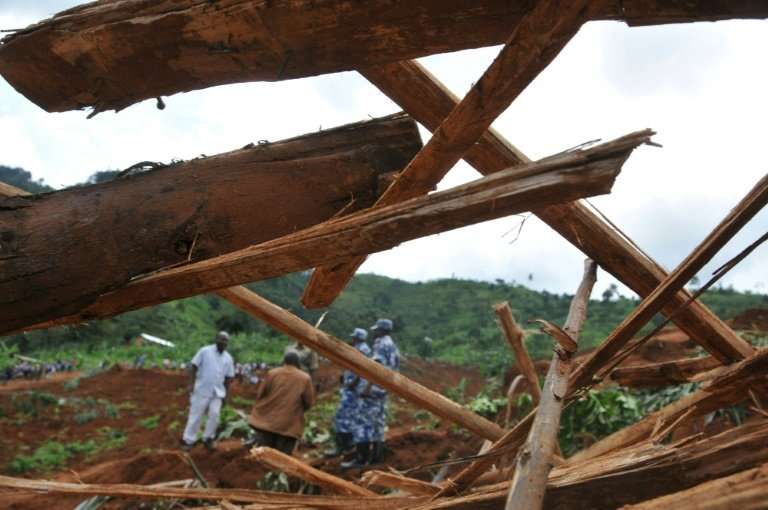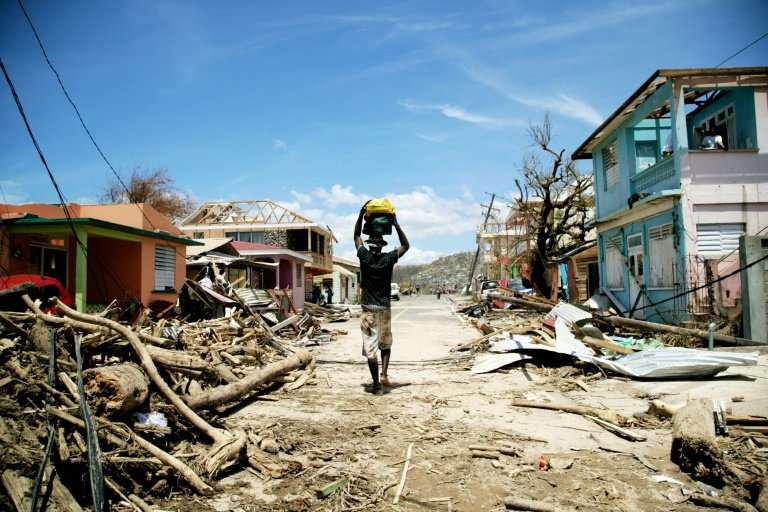Lives in the balance as UN debates climate finance

Behind wrangling at UN climate talks over financial aid for poor countries dealing with increasingly extreme weather and bracing for worse to come, real-world projects that can save livelihoods—and sometimes lives -– are queued up, waiting for approval and money.
Rich countries are slowly opening the spigots to help reinforce coastlines sinking under rising seas, convert agriculture to drought-resistant crops, or switch public transportation from petrol to electricity powered by the sun and wind.
Tens of billions of dollars -– the true figure is sharply contested –- from public and private sources are now flowing every year.
But that falls well short of the $100 billion (84 billion euros) per annum promised from 2020, and is a pittance compared to the trillions experts agree will be needed to engineer the global transition to a green economy.
The 197-nation Paris climate treaty calls for capping the rise in temperature to "well below" two degrees Celsius (3.6 degrees Fahrenheit), and pressure is mounting to set the bar even lower at 1.5 C.
That may be mission impossible, according to some scientists. The global thermometer has already gone up by 1 full degree Celsius, and the pathway to a 1.5 C world has narrowed to a tightrope walk.
Even the 2 C target is seen as hugely ambitious.
In any scenario, however, poor regions highly exposed to climate risk are confronting life-altering impacts from carbon pollution, sometimes made worse by poor choices.

Restoring a wetland
In southwestern and eastern Uganda, for example, vast wetlands drained to make way for crops have become barren and no longer buffer rainwater cascading down the slopes of Mount Elgon during climate-enhanced storms, the UN Development Programme's Benjamin Larroquette told AFP.
For subsistence farmers who never know when a flood will wash away their crops "it's Russian roulette," he said.
A $44.3 million (37.4 million euro) project managed by Larroquette will restore some 60,000 hectares (150,000 acre) of wetlands over the next eight years, and reconnect the area's networks of streams and rivulets.
A million people will benefit, also learning how to set up fish farms and plant crops compatible with wetlands.
More than half the money comes from the $10 billion (84 billion euro) Green Climate Fund (GCF), which backs projects that help developing countries adapt to climate change and reduce their carbon footprint.
The GCF is one piece in a much larger climate finance puzzle that has long divided rich and developing countries at UN talks currently tasked with working out the "operating manual" for the Paris pact before the end of the year.
Many of the most intactible disputes centre on finance. Recipient nations seek clear commitments for more money from public sources, while donor nations favour loans and a larger role for the private sector.

Umbrella for a Cat 5 hurricane
But everyone agrees that what's on the table now -– in the long run -– is not enough.
"We are talking in millions and billions of dollars while we should be speaking in trillions," UN climate chief Patricia Espinosa told delegates from more than 190 nations gathered in Bonn through Thursday.
"Let me put it this way: trying to address climate change at current financing levels is like walking into a Category 5 hurricane protected only by an umbrella."
The UN Environment Programme estimates that climate adaptation alone will require 140 to 300 billion dollars of spending per year by 2030.
In Bonn, the finance issue is slowing progress across the board. Negotiators cannot even agree on how much is currently being spent.
Of the $48 billion (40 billion euros) in climate finance ostensibly disbursed in both 2015 and 2016, only $16 to $21 billion -– less than half -– is actually "net, climate specific public finance," according to a report by Oxfam International.
Official figures are inflated by over-estimating the climate component of broad-based development projects, and by counting the face value of loans without taking into account interest payments, the NGO said.
The GCF will likely disburse more than 60 percent of its initial reserves before a UN climate summit in Poland in December, triggering a drive to replenish the fund. But how -– and how quickly—that will unfold has yet to be defined.
"Bold new commitment to the GCF would be a massive trust builder for developing countries," said Tracy Carty, a finance expert at Oxfam.
© 2018 AFP





















